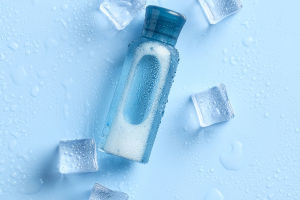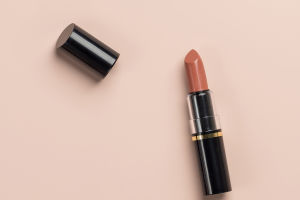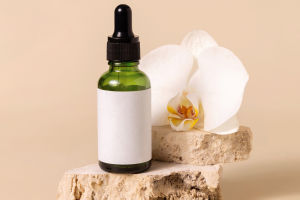With changing lifestyles and increasing UV radiation, sunscreen has become essential to modern skincare.
This article explores the functions, types, selection, and proper use of sunscreen to help you better understand and utilize this crucial skincare product.
Functions
1. Preventing UV Damage
UV rays are categorized into UVA and UVB types. UVA can penetrate deep into the skin, causing aging and wrinkles, while UVB primarily affects the skin’s surface, leading to sunburn and redness. Sunscreen protects the skin by blocking or absorbing these UV rays.
2. Reducing Skin Cancer Risk
Prolonged exposure to UV rays increases the risk of skin cancer. Sunscreen can effectively reduce this risk, especially for those who spend a lot of time outdoors.
3. Preventing Skin Aging
Using sunscreen helps reduce signs of aging caused by UV rays, such as dark spots, wrinkles, and skin sagging, thus maintaining youthful skin.
Types
1. Physical Sunscreens
Physical sunscreens, also known as mineral sunscreens, contain ingredients like titanium dioxide and zinc oxide. These ingredients create a physical barrier on the skin that reflects and scatters UV rays. Physical sunscreens are gentle and less likely to cause allergies, making them suitable for sensitive skin and children.
2. Chemical Sunscreens
Chemical sunscreens absorb UV rays through chemical reactions, converting them into heat, which is then released from the skin.
Common ingredients include oxybenzone and avobenzone. Chemical sunscreens typically have a lightweight texture, making them suitable for daily use, but it's important to choose products free from potentially harmful ingredients.
3. Hybrid Sunscreens
Hybrid sunscreens combine physical and chemical sunscreen ingredients, offering both benefits. They provide strong protection while offering a good user experience.
How to Choose
1. SPF Value
SPF (Sun Protection Factor) indicates how well a sunscreen protects against UVB rays. Generally, SPF30 blocks about 97% of UVB, while SPF50 blocks about 98%. For everyday activities, SPF30 is sufficient; however, for prolonged outdoor activities or intense exercise, SPF50 or higher is recommended.
2. PA Rating
PA (Protection Grade of UVA) measures the protection against UVA rays. PA+ indicates basic protection, PA++ indicates moderate protection, and PA+++ indicates high protection. Choosing a sunscreen with a higher PA rating provides better protection against UVA damage.
3. Skin Type and Sensitivity
For dry skin, choose a moisturizing sunscreen; for oily skin, opt for oil-control or lightweight formulas. Sensitive skin should use fragrance-free and low-sensitivity sunscreens.
Proper Use
1. Amount
Research suggests that the amount of sunscreen applied should be 2 milligrams per square centimeter of skin, which translates to about a coin-sized amount for the face and neck. Using enough sunscreen ensures achieving the labeled SPF and PA protection.
2. Application Time
Sunscreen should be applied 15-30 minutes before going outside to allow for absorption and effectiveness.
3. Frequency
Even with water-resistant formulas, sunscreen should be reapplied every 2 hours. Especially after swimming, sweating, or wiping the skin, reapplication is necessary to maintain protection.
Conclusion
Sunscreen is not just a step in makeup but a protective barrier for skin health. While enjoying the sunshine, remember to give your skin the best protection, making the sun a part of your life rather than a threat to your skin.


